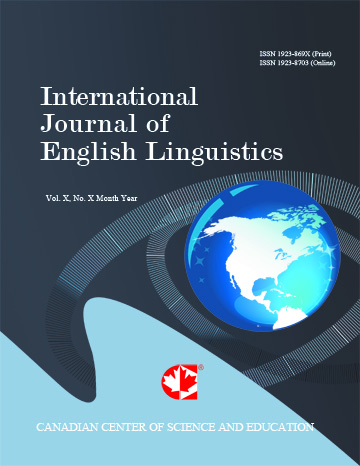Food and Nutrition as Seen Through the Lenses of the “European Health and Well-being Deal” Discourse
- Giulia Adriana Pennisi
Abstract
First proposed in the 1970s, health literacy and well-being have been viewed as “the ability of an individual to obtain and translate knowledge and information in order to maintain and improve health in a way that is appropriate to the individual and system contexts” (Liu et al., 2020, p. 1). Yet, the World Health Organization (WHO) makes clear that health literacy and well-being are more than “just a personal resource”, in that “equal attention [has to] be given to ensure that governments and health systems present clear, accurate, appropriate and accessible information for diverse audiences” (WHO, 2025). This study examines the European health and well-being deal (hereafter EHaW-BD) initiative, which includes a manifesto issued by the coalition All Policies for a Healthy Europe (AP4aHE) (EHMA, 2025) to promote an efficient and trustworthy health system. Through a mixed-method analysis combining genre-based and multimodal tools, as well as insights from discourse analysis (Sarangi & Coulthard, 2000; Bhatia, 2008; Kress, 2009), the manifesto is shown to reveal the EU’s discursive process of conceptualizing food and nutrition as a critical social determinant of health and well-being, while simultaneously distancing this discourse from the EU’s fight against misinformation and disinformation, an effort discursively constructed as part of the Union’s reorientation towards health promotion. Eventually, health literacy and well-being as seen through food and nutrition discourses might be understood in a broader perspective which reflects individual knowledge of healthcare, the health system and policy-making (Okan et al., 2019; Chrysagis & Kompatsiaris, 2023).
- Full Text:
 PDF
PDF
- DOI:10.5539/ijel.v15n7p90
Journal Metrics
Google-based Impact Factor (2021): 1.43
h-index (July 2022): 45
i10-index (July 2022): 283
h5-index (2017-2021): 25
h5-median (2017-2021): 37
Index
- Academic Journals Database
- ANVUR (Italian National Agency for the Evaluation of Universities and Research Institutes)
- CNKI Scholar
- CrossRef
- Excellence in Research for Australia (ERA)
- IBZ Online
- JournalTOCs
- Linguistic Bibliography
- Linguistics and Language Behavior Abstracts
- LOCKSS
- MIAR
- MLA International Bibliography
- PKP Open Archives Harvester
- Scilit
- Semantic Scholar
- SHERPA/RoMEO
- UCR Library
Contact
- Diana XuEditorial Assistant
- ijel@ccsenet.org
